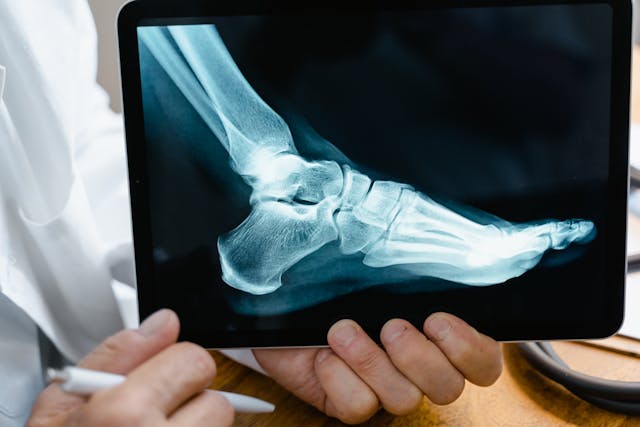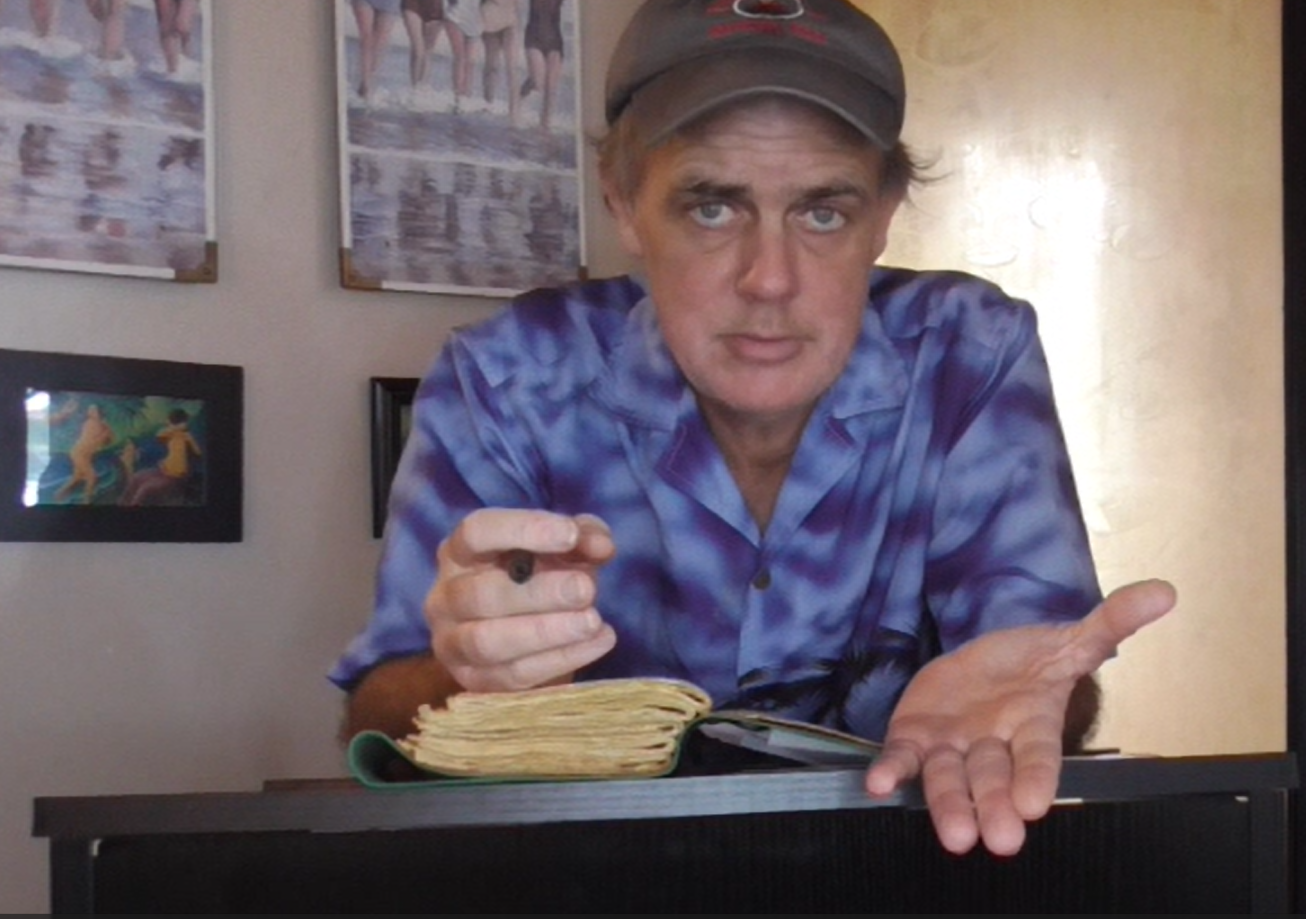
The Nine Toe Way
When I was born, I had five toes on my left foot. Today, I have four, bringing my two feet total down to nine toes. This change wasn’t due to an accident, a bizarre ritual, or a mischievous fairy—it was the result of a necessary medical procedure. The story behind my nine toes is not just about a physical alteration; it’s a lesson in resilience and adaptation, which I’ve come to call the Nine Toe Way.
The Unexpected Turn
The situation began with a seemingly ordinary issue: a foot infection. Despite aggressive treatment with antibiotics, the infection worsened, leading to gangrene. The only way to save the rest of my foot was to amputate the affected toe. As you might imagine, the prospect of losing a toe was daunting. But, as I lay in the hospital, I faced a choice: stress over the situation or adapt to it.
Accepting What You Cannot Control
The amputation was unavoidable. I had signed the consent form, fully aware that this was the best option for my long-term health. My initial reaction was to feel frustrated and anxious. However, I soon realized that my stress was not going to change the outcome. The key was to accept the situation and focus on what I could control—my response and my attitude.
The Power of Adaption
The Nine Toe Way philosophy is simple yet profound: Control what is in your power to control and adapt to what you cannot. In my case, this meant managing my recovery process and adjusting my mindset. Within an hour of the surgery, I was already up and walking. By the end of my hospital stay, I drove myself home, bought snacks, and enjoyed a peaceful day at the ocean. I didn’t even walk with a limp.
This experience was a personal embodiment of Stoic philosophy, which emphasizes living in harmony with the natural flow of events. Stoicism teaches us to focus on our responses rather than the events themselves, accepting what we cannot change and taking proactive steps in areas where we can make a difference.
Everyday Challenges and the Nine Toe Way
Not everyone faces dramatic medical situations, but the principles of the Nine Toe Way can be applied to everyday challenges. Consider a traffic jam. You can’t control the traffic, but you can control your reaction. Instead of getting frustrated, use the time to listen to music, an audiobook, or practice mindfulness.
This approach is about finding positivity and control within unavoidable situations. If you’re stuck in traffic, you might reflect on the unexpected benefits, like avoiding a stressful meeting or having some quiet time for yourself. Similarly, during my recovery, focusing on what I could control—like keeping my bandages clean and following medical advice—helped me heal more effectively and with less stress.
Simple Strategies for Managing Stress
- Embrace Acceptance: Recognize what is beyond your control and let go of frustration. Accepting reality as it is allows you to focus on what you can change.
- Focus on Attitude: Your mindset plays a crucial role in how you handle challenges. Choose to view obstacles as opportunities to adapt and grow.
- Find Control: Identify aspects of the situation where you can exert control. Whether it’s your daily routine, your environment, or your emotional responses, focus on these elements to improve your experience.
- Practice Mindfulness: In challenging situations, mindfulness can help you stay grounded and reduce stress. Simple techniques, like deep breathing or listening to soothing music, can make a significant difference.
- Seek Positives: Look for any silver linings or benefits in difficult situations. This shift in perspective can help you cope better and find unexpected advantages.
Conclusion
Life often presents us with challenges that are beyond our control. The Nine Toe Way is about embracing these challenges with a proactive mindset, focusing on what you can control, and adapting gracefully to what you cannot. By applying these principles, whether dealing with a major life change or a minor inconvenience, you can navigate life’s obstacles with resilience and a positive attitude.
Remember, life’s complications and constraints are part of the natural order. How you respond to them can make all the difference. So, whether you’re dealing with a medical procedure, a traffic jam, or any other challenge, control what you can, adapt to what you can’t, and find peace within the process.

+ There are no comments
Add yours